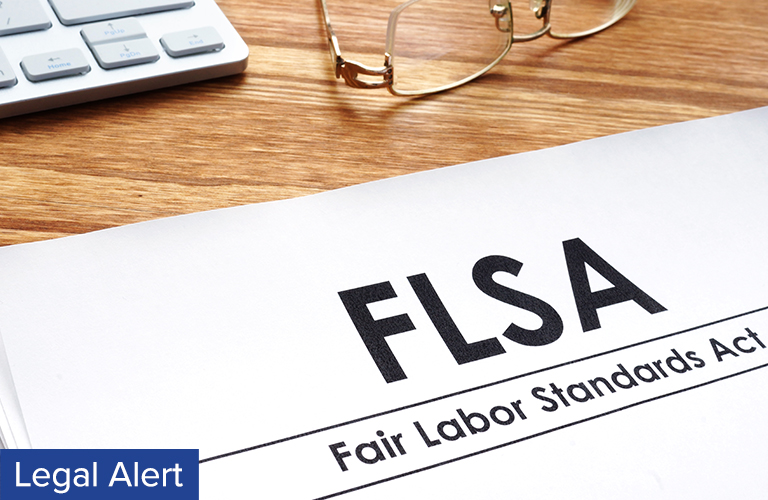
On January 12, 2020, the Department of Labor issued a final rule updating its interpretation of “joint employer” status under the Fair Labor Standards Act (FLSA).
The FLSA requires covered employers to pay their non-exempt employees at least the federal minimum wage and overtime. Under the FLSA, an employee may have, in addition to his or her employer, one or more joint employers, i.e., additional individuals or entities who are jointly and severally liable with the employer for the employee’s required minimum wage and overtime pay.
The final rule provides guidance for determining when individuals or entities are considered joint employers, and constitutes the Department of Labor’s official interpretation of joint employer status under the FLSA.
The Department of Labor sets forth a four-factor balancing test for determining joint employer status in situations where a potential joint employer benefits from the work performed by another employer’s employees. The balancing test is derived from Bonnette v. California Health & Welfare Agency, 704 F.2d 1465 (9th Cir. 1983), and examines whether the potential joint employer:
- Hires or fires the employee;
- Supervises and controls the employee’s work schedule or conditions of employment to a substantial degree;
- Determines the employee’s rate and method of payment; and
- Maintains the employee’s employment records.
The final rule provides that no single factor is dispositive in determining joint employer status, and the appropriate weight to give each factor will vary depending upon the circumstances. The rule notes, however, that satisfaction of the maintenance of employment records factor alone does not demonstrate joint employer status.
The final rule also goes on to: (i) provide additional guidance on how to apply the above test; (ii) identify other factors that may be relevant, as well as factors that are not relevant, to the determination of joint employer status under the FLSA; (iii) identify certain business models, contractual agreements, and business practices that do not make joint employer status more or less likely, and (iv) provide “illustrative examples” applying the Labor Department’s analysis to different factual scenarios.
The final rule is limited to the FLSA and does not address joint employer status under other federal employment laws. The effective date of the rule is March 16, 2020.
If you have any questions about this client alert, please contact your SGR Labor and Employment counsel.

